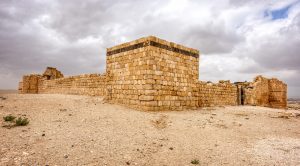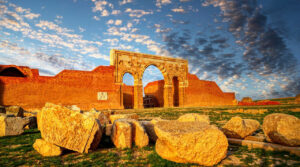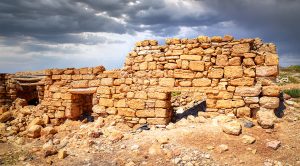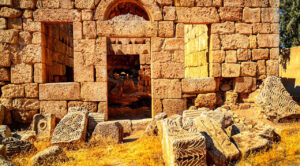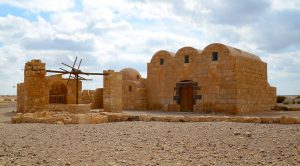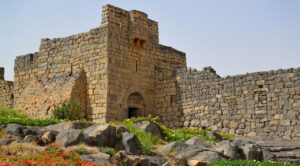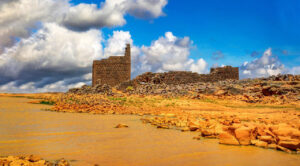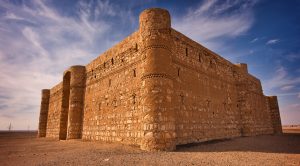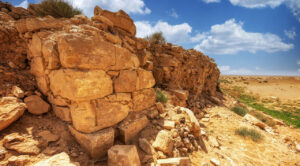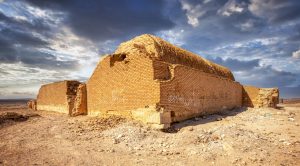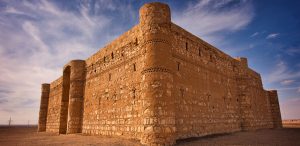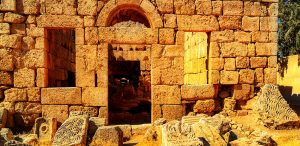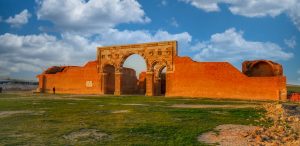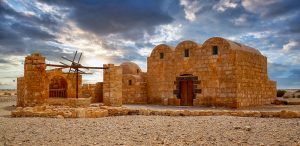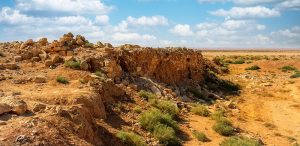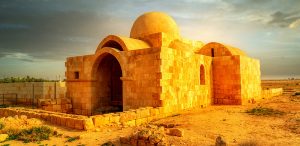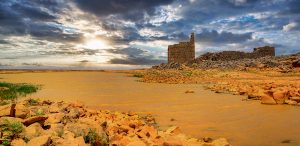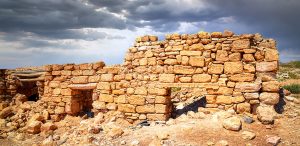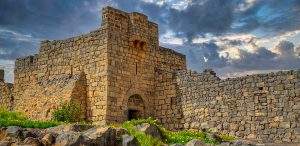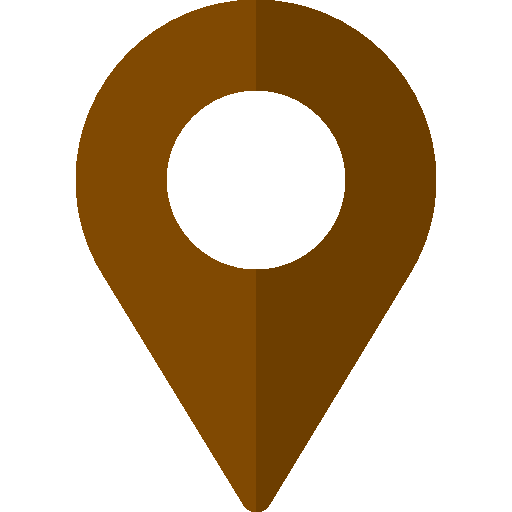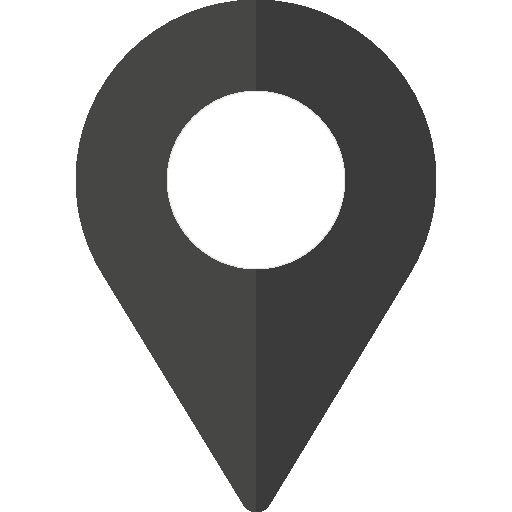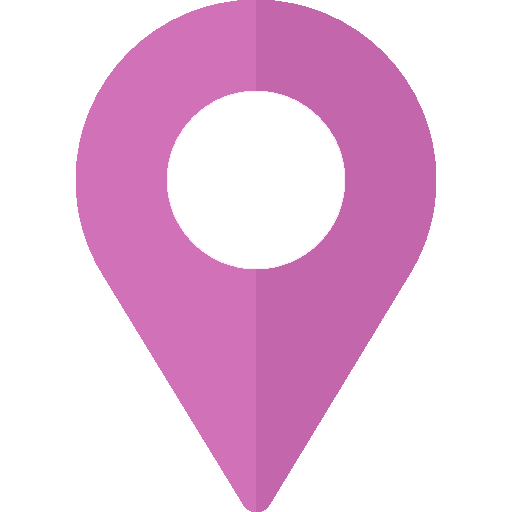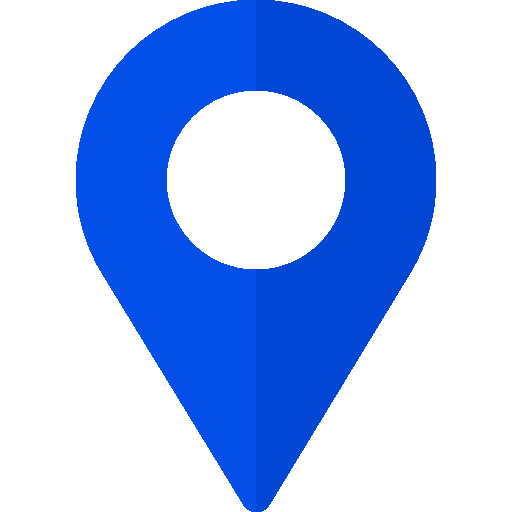Qasr Azraq is a captivating fortress and a popular highlight for visitors exploring Jordan’s Desert Castles. Typically included in day trips from Amman, alongside Qasr Kharana and Qasr Amra, it stands as a testament to centuries of history, craftsmanship, and strategic significance. Located near an oasis—once the only water source in the vast expanse of desert—Qasr Azraq has long been a site of pivotal importance.
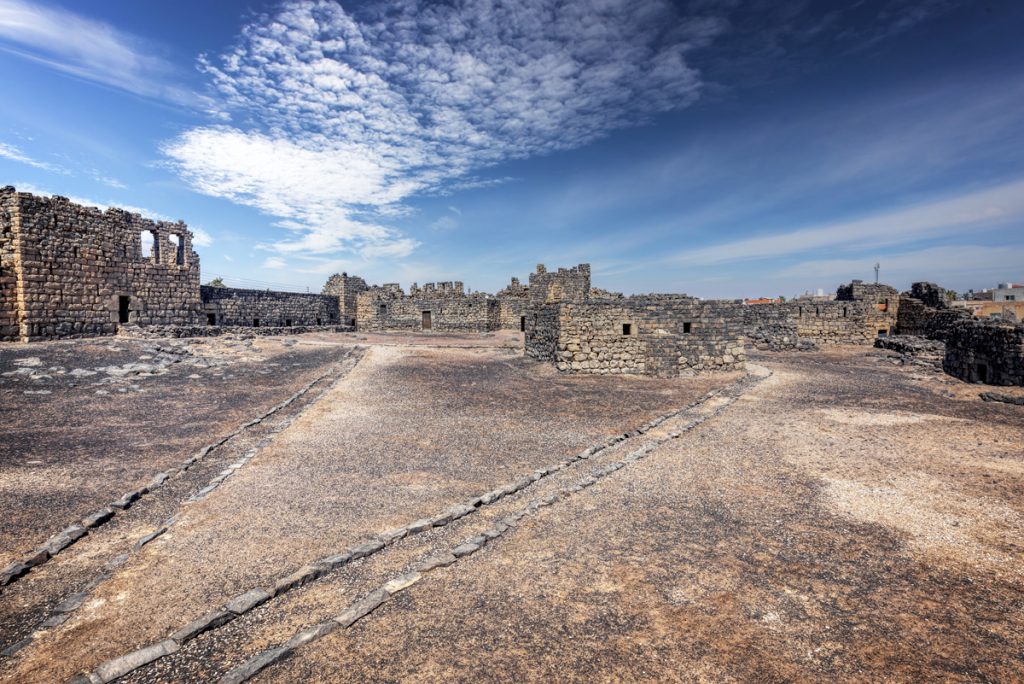
A Storied Past
Originally known in antiquity as Basie, the settlement’s military value was first recognised by the Romans, who established fortifications here. An early mosque was later constructed in the middle of the site, marking an important facet of its cultural evolution. However, Qasr Azraq as we know it today emerged in the 13th century when the Ayyubids undertook extensive renovations. Using locally quarried black basalt, they gave the castle its distinctive dark appearance, making it stand out starkly against the surrounding landscape.
The castle played various roles over the centuries, including housing Ottoman armies during their control of the region. By the 20th century, it gained newfound fame as a base for T.E. Lawrence—better known as “Lawrence of Arabia”—during the Arab Revolt of 1917–18. Lawrence’s experiences at the castle were immortalised in his memoir Seven Pillars of Wisdom, adding a layer of intrigue that continues to attract visitors worldwide.
Architectural Features and Highlights
One of the first things you’ll notice about Qasr Azraq is its sturdy, square design, with 80-metre-long walls encircling a spacious central courtyard. At each corner, oblong towers offer a glimpse into the defensive strategies of its time. The castle’s architecture bears striking similarities to the nearby fort of Deir Al-Kahf, though Qasr Azraq is the larger of the two.
A highlight of the courtyard is its small mosque, believed to date back to Umayyad times, that blends seamlessly into the basalt surroundings. The main entrance is particularly remarkable—a massive, single slab of granite that serves as a hinged door. The craftsmanship here is incredible; the door not only swings effortlessly on carved grooves but also holds historical carvings, like a Roman board game etched into the pavement.
Intricacies and Ancient Details
The interior reveals even more of the castle’s unique features. Visitors can still spot remnants of original sculptures and carvings, including bas-relief animals and inscriptions in Latin script. These intricate details transport you back to the Roman era, showcasing the artistic abilities of the time. The castle’s extraordinary basalt doors, some weighing an astonishing three tonnes (around 6,000 pounds), are another marvel. Despite their immense weight, these doors were meticulously engineered to swing open and closed—a testament to the ingenuity of ancient builders.
A Journey Through Time
Exploring both the upper and lower levels of the castle provides a tangible connection to its past. While some areas are currently off-limits for restoration efforts, the accessible sections allow you to vividly imagine the lives of those who walked its halls—from Roman soldiers to Ayyubid craftsmen and Lawrence’s Arab allies.
An Inviting Experience for All
Whether you’re a history enthusiast, an architecture buff, or simply a curious traveller, Qasr Azraq is bound to leave a lasting impression. With its rich history, striking architecture, and cultural significance, it’s more than just a fortress—it’s a portal to centuries-long stories of resilience, innovation, and human spirit.
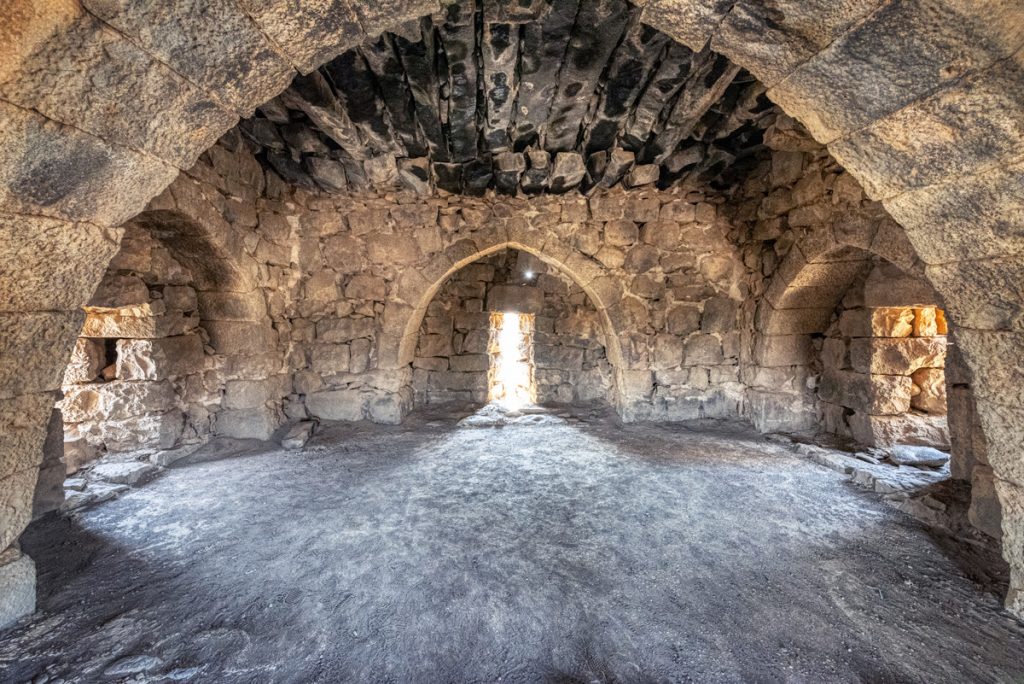
The story of Qasr al-Azraq unfolds across centuries. Initially inhabited by the Nabataeans, it came under Roman control around 200 CE. The Romans erected sturdy structures using the region’s natural basalt stone, setting a foundation upon which later occupants, including the Byzantine and Umayyad empires, would build. Each new ruler left their mark, contributing to the fortress’s rich architectural tapestry.
The fortress as we see it today reflects its transformation in 1237 CE, during the Ayyubid dynasty. Under the direction of Emir ‘Izz ad-Din Aybak, it was extensively fortified and redesigned, showcasing the craftsmanship and innovation of the era.
Fast-forward to the 16th century, and the site became a military outpost for the Ottoman Turks. Yet perhaps its most famous chapter was written in the winter of 1917 when T.E. Lawrence, also known as Lawrence of Arabia, made it his base of operations during the Great Arab Revolt. From his office above the gatehouse, Lawrence directed efforts against Ottoman forces. The flat, expansive surrounding desert even provided an ideal location for an airfield, giving the fortress newfound strategic relevance during the modern age of warfare.


